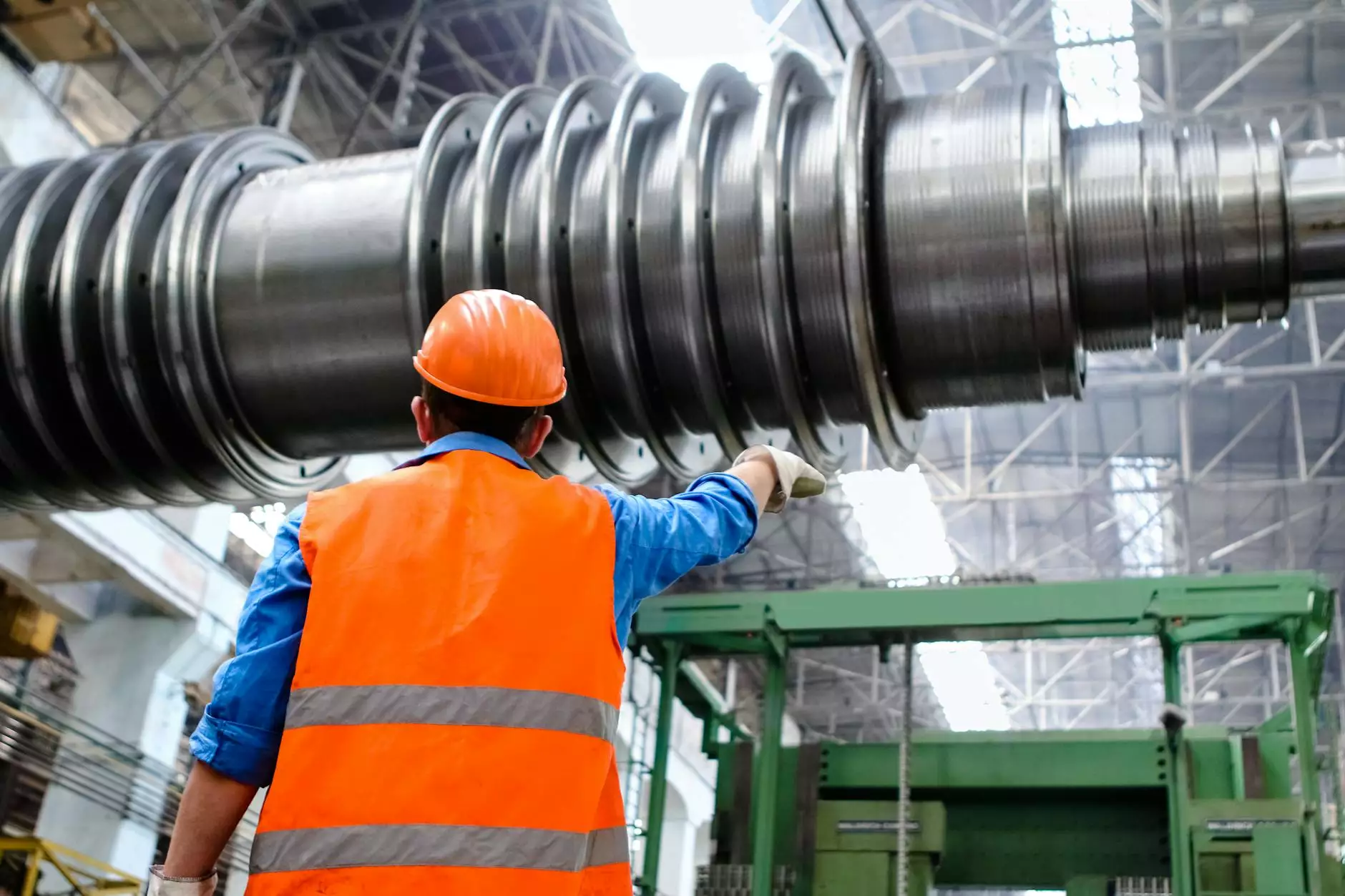Understanding Laser Ablation Surgery for Legs

In the ever-evolving realm of vascular medicine, one of the standout innovations is the use of laser ablation surgery for legs. This modern technique has revolutionized the way we approach the treatment of various conditions affecting the circulatory system, particularly in the lower extremities. In this article, we will delve deeply into every aspect of laser ablation surgery, including its indications, benefits, procedure, and recovery process, providing a comprehensive guide for patients and medical professionals alike.
The Need for Laser Ablation Surgery in Vascular Medicine
As we age, many individuals may face challenges related to vein health. Conditions such as varicose veins, chronic venous insufficiency, and vascular malformations can lead to discomfort, pain, and significant aesthetic concerns. These conditions often stem from a variety of factors, including genetics, lifestyle choices, and other health issues.
Laser ablation surgery emerges as a vital solution to these problems. It addresses the underlying causes of vascular issues effectively while promoting quick recovery times. Understanding why this method is gaining traction is essential for patients considering their treatment options.
What is Laser Ablation Surgery?
Laser ablation surgery is a minimally invasive procedure that utilizes concentrated beams of light, or lasers, to target and destroy affected veins. This technique is especially beneficial for treating varicose veins because it allows for targeted action with minimal damage to surrounding tissues.
How Does Laser Ablation Work?
The principle behind laser ablation for legs involves emitting a precise wavelength of light that generates heat. This heat is absorbed by the abnormal veins, causing them to collapse and eventually be reabsorbed by the body. The result is an improved blood flow as the healthy veins take over the responsibilities of the damaged ones.
Benefits of Laser Ablation Surgery for Legs
Opting for laser ablation surgery offers numerous advantages over traditional surgical methods. Below, we outline some of the most notable benefits:
- Minimally Invasive: Compared to traditional vein surgery, laser ablation requires only small incisions, resulting in less scarring and reduced recovery time.
- Quick Recovery: Most patients can resume their daily activities within a day or two following the procedure, allowing for a faster return to normal life.
- Effective Results: Clinical studies show that laser ablation boasts high success rates in treating varicose veins, with improvements in both function and appearance.
- Local Anesthesia: The procedure typically requires only local anesthesia, reducing the risks associated with general anesthesia.
- Reduced Pain and Discomfort: Patients often report less pain during and after the procedure compared to traditional methods.
- Aesthetic Benefits: The procedure markedly improves the cosmetic appearance of the legs, which enhances the patient’s self-esteem and quality of life.
The Procedure: What to Expect from Laser Ablation Surgery
Understanding what to expect during the laser ablation surgery process is crucial for setting realistic expectations for patients. Here’s a step-by-step breakdown of the typical procedure:
1. Initial Consultation
Before proceeding with the surgery, patients must undergo a thorough consultation with a vascular specialist. The physician will evaluate the patient’s medical history, perform a physical examination, and may conduct imaging tests such as ultrasound to assess vein function.
2. Preparation
On the day of surgery, patients should wear comfortable clothing and avoid certain medications as advised by their physician. An intravenous line may be placed, and local anesthesia will be administered to ensure the patient's comfort throughout the procedure.
3. The Procedure
The surgeon will begin by inserting a thin fiber optic laser into the targeted vein through a small incision. Using ultrasound for guidance, the laser beam will be activated, delivering targeted energy to the vein's walls, causing them to collapse.
The team will monitor the patient closely, ensuring the process proceeds smoothly. The entire surgery typically lasts between 30 to 60 minutes, depending on the number and size of the veins being treated.
4. Post-Procedure Care
After the procedure, patients are usually allowed to go home the same day. They will receive specific instructions for care, including:
- Wearing compression stockings to support healing and improve blood flow.
- Avoiding strenuous activities for a few days.
- Monitoring the incision site for signs of infection.
Recovery After Laser Ablation Surgery
The recovery process after laser ablation surgery for legs is generally swift and uncomplicated. However, certain guidelines should be followed to ensure optimal healing:
1. Immediate Care
Post-operative, patients may experience mild discomfort, bruising, or swelling in the treated area. These symptoms are usually temporary and can be managed with over-the-counter pain relief if needed.
2. Follow-Up Appointments
It’s essential to attend follow-up appointments with the vascular specialist to monitor recovery and ensure the veins are healing well. Ultrasounds may be performed to evaluate the effectiveness of the treatment.
3. Lifestyle Adjustments
To enhance recovery and improve overall vein health, patients are encouraged to incorporate gradual exercise into their routine, stay hydrated, and maintain a healthy weight. Avoiding prolonged standing or sitting can also aid healing.
Long-Term Outlook and Effectiveness
Studies show that laser ablation surgery has a very low recurrence rate for treated veins. Patients often report a significant reduction in symptoms such as pain and swelling, along with improved leg appearance. However, maintaining a healthy lifestyle post-surgery is crucial to sustaining long-term benefits.
Conclusion
In conclusion, laser ablation surgery for legs stands as a landmark advancement in the field of vascular medicine. With its myriad benefits including minimally invasive procedures, rapid recovery, and effective long-term results, it is no wonder that this technique is becoming the preferred choice for treating venous disorders.
For individuals suffering from vascular issues, consulting with a qualified vascular specialist can provide valuable insights into treatment options tailored to specific needs. At Truffles Vein Specialists, our team is committed to providing comprehensive care aimed at restoring not just physical health, but overall quality of life.
Understanding your options is the first step towards recovery. Take action to enhance your vascular health today!
laser ablation surgery leg








